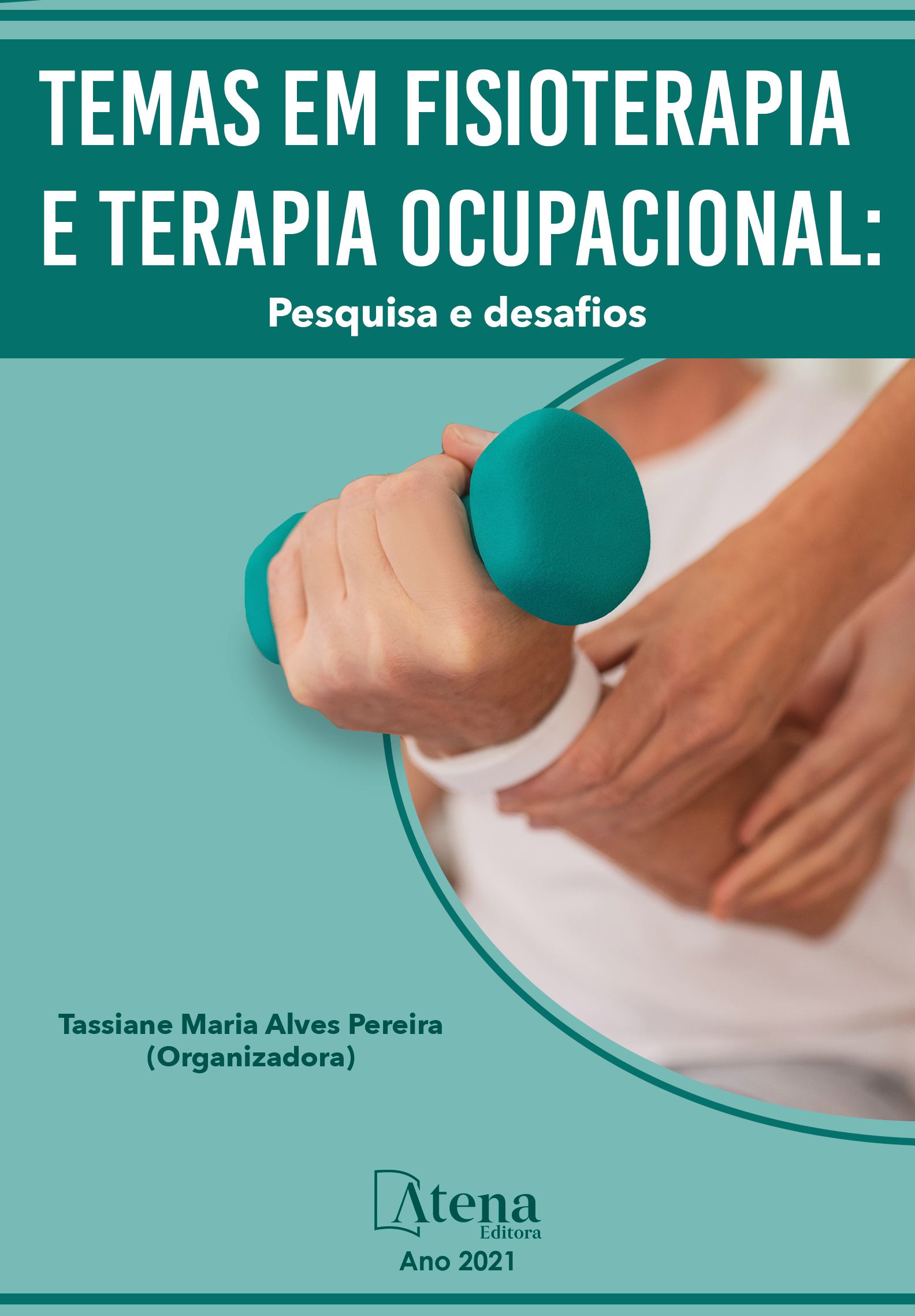
ANÁLISE EPIDEMIOLÓGICA E FISIOPATOLÓGICA DE ACIDENTE VASCULAR CEREBRAL, ISQUÊMICO OU HEMORRÁGICO, NA INFÂNCIA
INTRODUÇÃO: Nas últimas décadas, tem ocorrido um aumento do número de casos de acidentes vasculares cerebrais na tenra idade. Provavelmente, o avanço tecnológico tem contribuído com diagnósticos mais precisos e assertivos. Ademais, tanto a ocorrência quanto a etiologia ainda são obscuras. Outrossim, a fisiopatologia do Acidente Vascular Cerebral na criança e adolescente não ocorre da mesma forma que em indivíduos idosos. Não obstante, torna-se importante ressaltar que o AVC é uma das principais causas responsáveis por sequelas que afetam o desenvolvimento neuropsicomotor. OBJETIVOS: Este estudo tem como objetivo desenvolver um levantamento de dados epidemiológicos e fisiopatológicos de Acidente Vascular Cerebral, isquêmico ou hemorrágico, na infância. METODOLOGIA: Para tanto, foi desenvolvida uma revisão sistemática e integrativa da literatura utilizando as principais plataformas de busca como Elsevier, Cochrane, PubMed, SciELO, EmBase e LILACS-BIREME, que reportam acidente vascular cerebral na faixa etária entre 2 a 13 anos, em um recorte temporal entre 1980 a 2022. RESULTADOS: Quanto aos dados epidemiológicos, identificou-se que no Brasil, não há precisão nos dados numéricos devido à falta de pesquisas na área e a inexistência de notificação. Entretanto, na América do Norte a incidência de AVC pediátrico é estimada em aproximadamente 2,5 a 2,7 por 100 mil/ano. Na França, a estimativa é de 13 por 100 mil ao ano. A taxa de recorrência varia de 6% a 40%, alterando de acordo com a idade e o tempo de diagnóstico. Quanto à fisiopatologia do quadro de AVC isquêmico infantil, ocorre oclusão acompanhada de hipoperfusão em uma artéria cerebral que pode levar a uma interrupção do fluxo sanguíneo, causando, dentro de poucos minutos, uma morte neuronal no centro da zona infartada. No que diz respeito ao AVC hemorrágico, por sua vez, este é caracterizado pela ruptura de uma artéria cerebral, a qual ocasiona uma hemorragia, e consequentemente, sinais clínicos diretamente relacionados com a localização e a extensão da lesão. CONSIDERAÇÕES FINAIS: Dependendo da artéria acometida, ocasiona na criança implicações na sua autonomia, nas habilidades de comunicação, mobilidade, cuidado pessoal, dificuldade com o processamento emocional, bem como podem apresentar um desempenho abaixo da média nos aspectos referentes à independência e a aceitação social.
ANÁLISE EPIDEMIOLÓGICA E FISIOPATOLÓGICA DE ACIDENTE VASCULAR CEREBRAL, ISQUÊMICO OU HEMORRÁGICO, NA INFÂNCIA
-
DOI: 10.22533/at.ed.9442118067
-
Palavras-chave: Acidente Vascular Cerebral; Acidente Vascular Cerebral Agudo; Infarto Cerebral; Neuroimagem; Neuroimagem Funcional; Ressonância Magnética; Tomografia; Criança; Hipóxia; Fisioterapia e Fisioterapia Neurofuncional.
-
Keywords: Stroke; Cerebral Stroke; Cerebrovascular Accident; Acute Cerebrovascular Apoplexy; Cerebrovascular Stroke; Child; Hypoxia; Hypoxia, Brain; Cerebral Infarction; Neuroimaging; Functional Neuroimaging; Magnetic Resonance Imaging; Tomography; Physical Therapy Specialty; Neurological Physiotherapy.
-
Abstract:
INTRODUCTION: In the last decades, there has been an increase in the number of cases of strokes at a young age. Probably, technological advances have contributed to more accurate and assertive diagnoses. Furthermore, both the occurrence and the etiology are still unclear. Furthermore, the pathophysiology of stroke in children and adolescents does not occur in the same way as in elderly individuals. Nevertheless, it is important to emphasize that stroke is one of the main causes responsible for sequelae that affect neuropsychomotor development. OBJECTIVES: This study aims to develop a survey of epidemiological and pathophysiological data on stroke, ischemic or hemorrhagic, in childhood. METHODOLOGY: To this end, a systematic and integrative review of the literature was developed using the main search platforms such as Elsevier, Cochrane, PubMed, SciELO, EmBase and LILACS-BIREME, who report stroke in the age group between 2 to 13 years, in a time frame between 1980 and 2022. RESULTS: Regarding epidemiological data, it was identified that in Brazil, there is no precision in numerical data due to the lack of research in the area and the lack of notification. However, in North America the incidence of pediatric stroke is estimated at approximately 2.5 to 2.7 per 100,000 / year. In France, the estimate is 13 per 100 thousand per year. The recurrence rate varies from 6% to 40%, changing according to age and time of diagnosis. As for the pathophysiology of childhood ischemic stroke, occlusion occurs with hypoperfusion in a cerebral artery that can lead to an interruption of blood flow, causing, within a few minutes, a neuronal death in the center of the infarcted area. With regard to hemorrhagic stroke, in turn, it is characterized by the rupture of a cerebral artery, which causes hemorrhage, and consequently, clinical signs directly related to the location and extent of the lesion. FINAL CONSIDERATIONS: Depending on the affected artery, it has implications for the child's autonomy, communication skills, mobility, personal care, difficulty with emotional processing, as well as may perform below average in terms of independence and social acceptance.
-
Número de páginas: 11
- Guilhermo Casini
- Bruna do Rocio Oliveira
- Acácio José Lustosa Mendes
- Ayrton Alves Aranha Junior
- Djanira Aparecida da Luz Veronez
- Bruna Schneider Ribeiro


